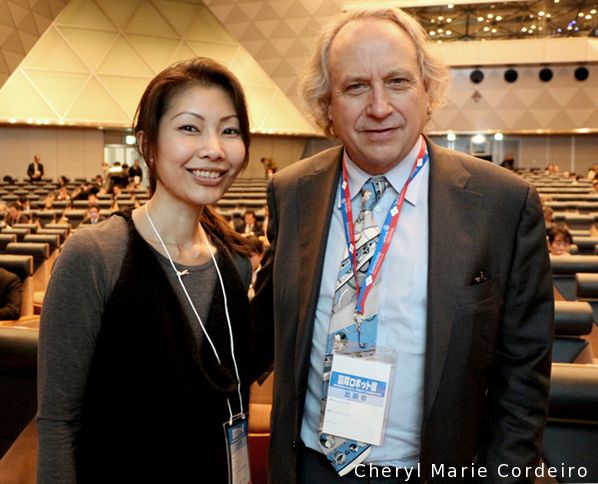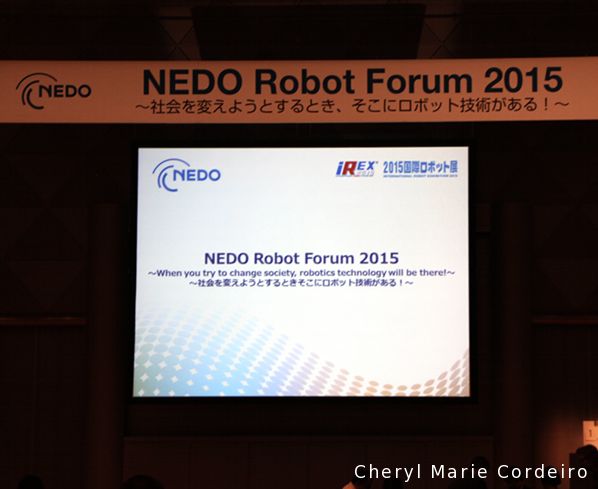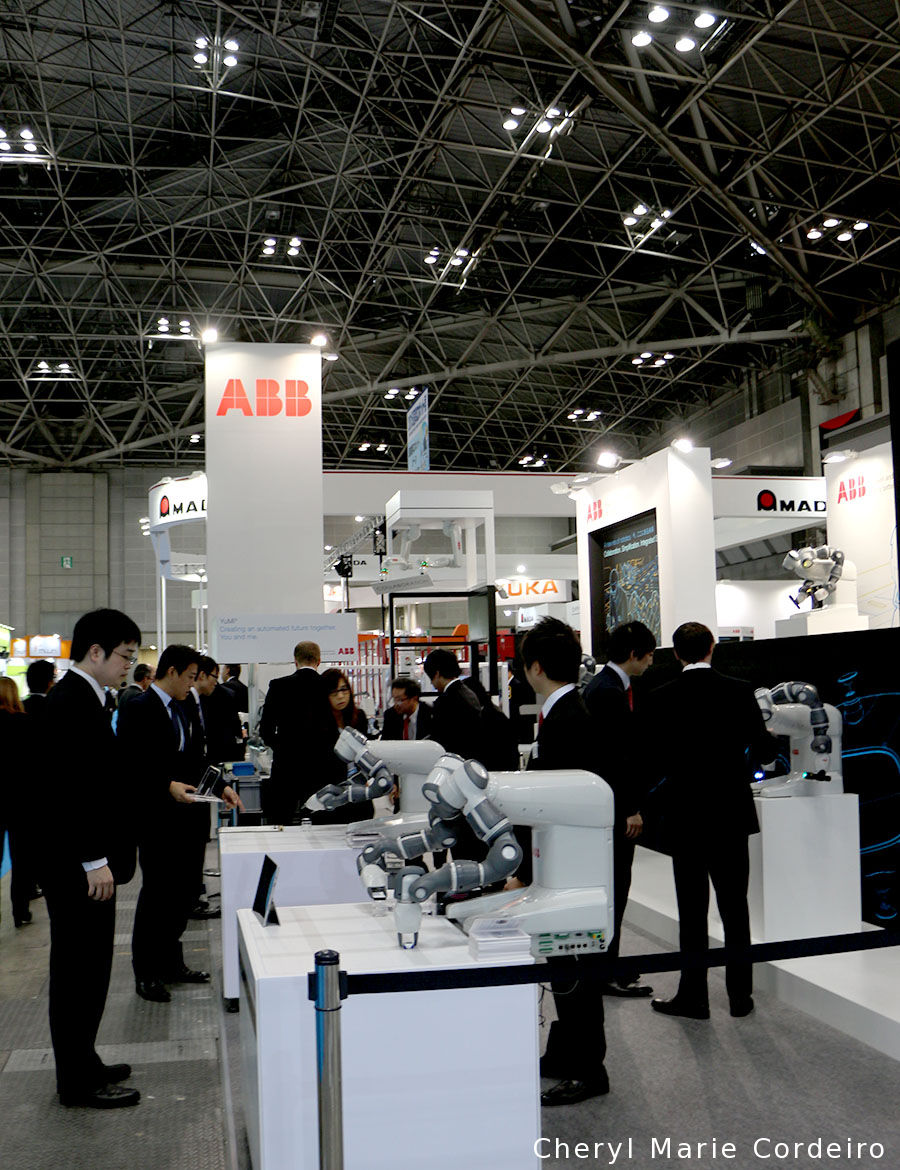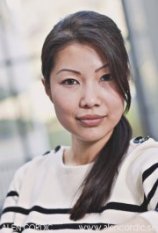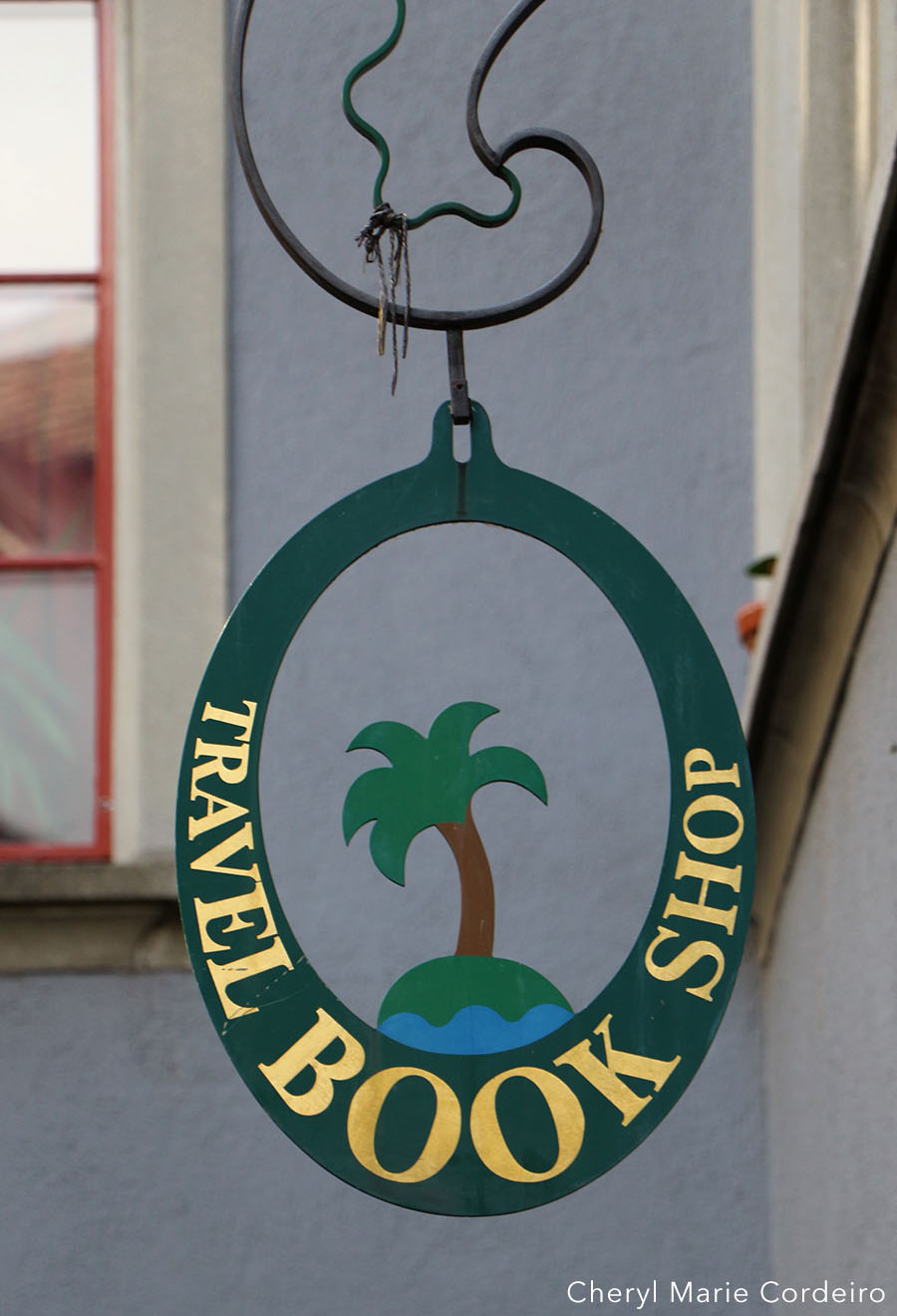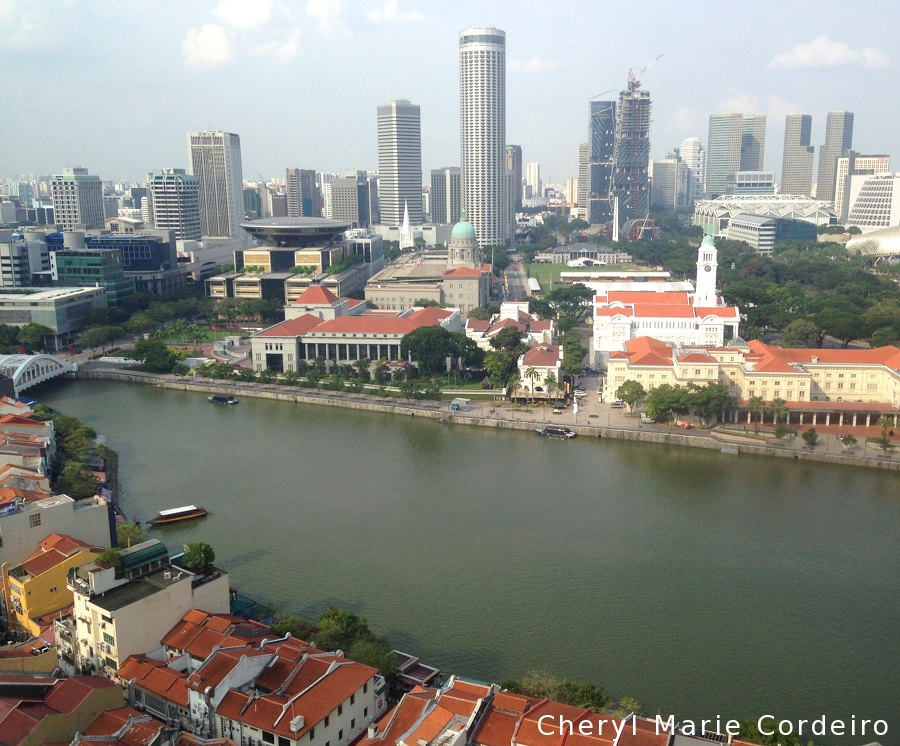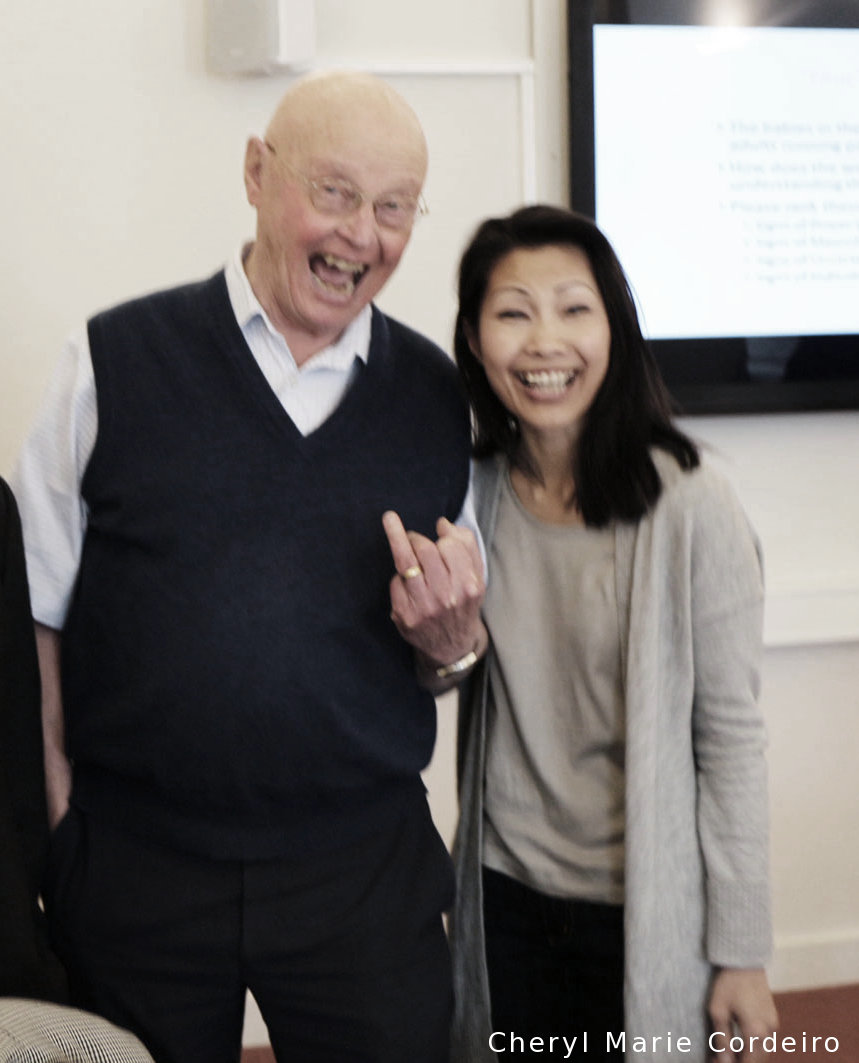“There is one mind common to all individual men. Every man is an inlet to the same and to all of the same. He that is once admitted to the right of reason is made a freeman of the whole estate. What Plato has thought, he may think; what a saint has felt, he may feel; what at any time has be-fallen any man, he can understand. Who hath access to this universal mind is a party to all that is or can be done, for this is the only and sovereign agent.” [1]
I find it rare that the outerscape connects with my own innerscape of what, how and where to. This multimodal buggy ski that made me smile is for me, an Emerson moment. A connect.
But perhaps this connect (generic) today is getting much more concrete than Plato himself could have ever conceived, as shown in Michael A. Persinger’s research on cognitive neuroscience:
Michael A. Persinger on Human Brains, Shared Geomagnetic Field, Quantitative Solutions & Implications, Future Adaptations:
“Most of the biological time the human species is continuously exposed to the more or less “steady-state” or static component of the earth’s surface magnetic field. This simultaneous immersion of about 6 to 7 billion human brains, that are effectively very similar semiconducting microstructures within this magnetic field, may be sufficient to produce a secondary field that may have biological implications for survival and adaptation. This secondary field could display emergent properties with qualitatively different characteristics. In previous approaches [8] metaphoric references to the secondary field generated by exposing large numbers of conductors (such as functionally adjacent copper wires) to an applied magnetic field

